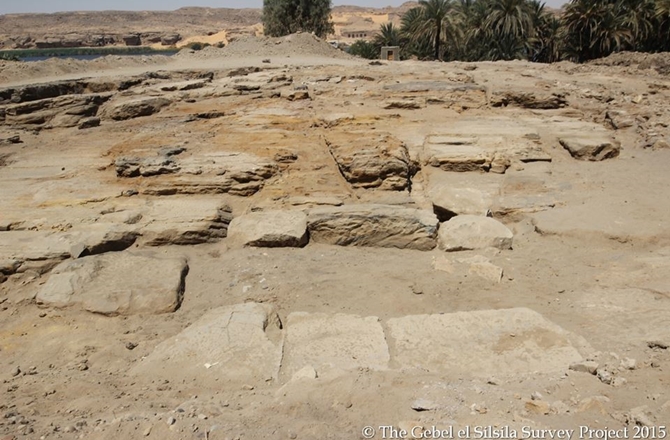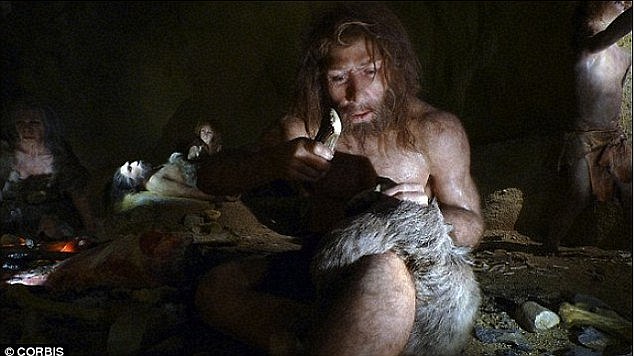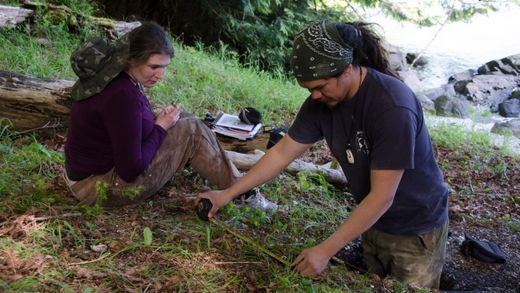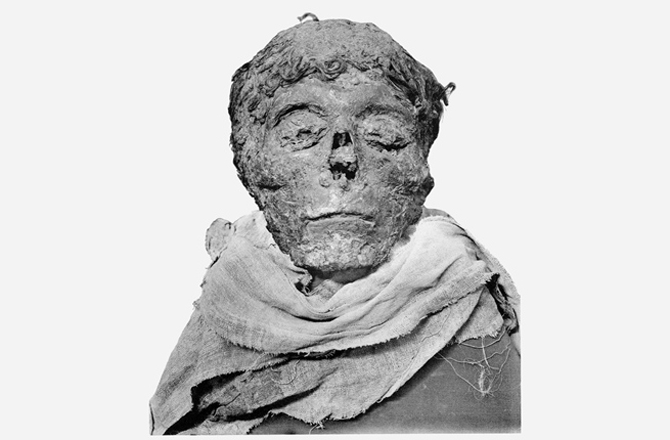
© The Gebel el Silsila Survey Project 2015A general overview of the temple.
Revealing the foundations and blockwork of the temple, the ruins are one of the few remnants of the settlement of Kheny or Khenu, which is the ancient Egyptian name — meaning "Rowing Place" — for Gebel el-Silsila.
The site, located on both banks of the Nile between Edfu and Kom Ombo, was extensively used as a quarry from the New Kingdom until Roman times.
"We know that huge quantities of sandstone for temple building were quarried there," Lund University archaeologist Maria Nilsson, director of the Gebel el Silsila Survey Project, told Discovery News.
Indeed, virtually all of Egypt's great temples, including those at Karnak and Luxor, were built with sandstone from Gebel el Silsila.
"Now this finding changes the history of the site, and it firmly establishes Gebel el Silsila as not only a quarry, but also a sacred location," she added.
While cult activities at the site were mainly associated with the Nile and its inundation, the principal deity was Sobek, the god of crocodiles who controlled the waters.
"At the moment we do not know to whom the temple was dedicated," Nilsson said.
"We believe it marked the beginning of the east bank quarries. We hope further archaeological work and research will reveal more," she added.



Comment: How much cultural wisdom is missed when viewed with a narrow Western bias.